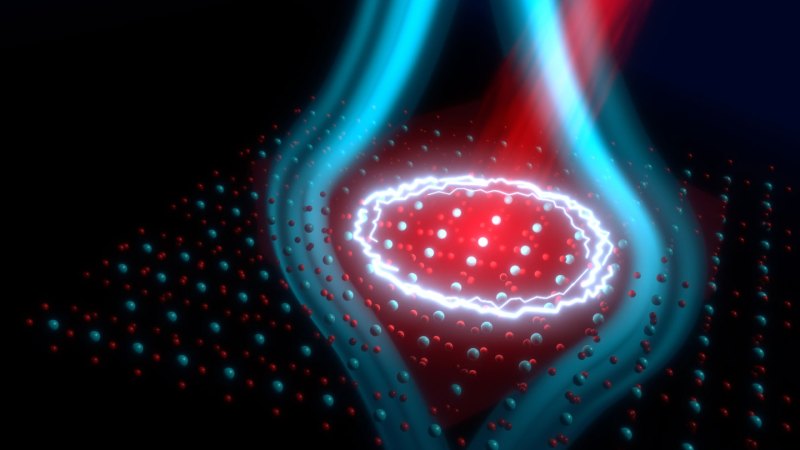
Extreme Climate Survey
Scientific news is collecting readers’ questions about how to navigate our planet’s changing climate.
What do you want to know about extreme heat and how it can lead to extreme weather events?
Previous research showed a temporal change in the reflectance of cuprates, compounds containing copper and oxygen, when exposed to light. This change showed a drop in resistance lasting only trillionths of a second, or picosecond. Critics argued that the change could be caused by effects other than superconductivity.
The new study backs the applause. A cuprate expels magnetic fields when struck with light, physicist Andrea Cavalleri and colleagues report July 10 in Nature. This expulsion, they say, is a hallmark of superconductivity known as the Meissner effect (SN: 7/6/15).
The observation is “essentially an unmistakable signature of superconductivity,” says physicist Dmitri Basov of Columbia University, who was not involved in the research.
Not everyone is so convinced by the new job. “They’re seeing this change that lasts [about] a picosecond, and it’s not immediately obvious that it’s the same as the Meissner effect,” says physicist Steve Dodge of Simon Fraser University in Burnaby, Canada.
Superconductors attract great interest from physicists, in part because of their technological potential. A superconductor that operates at high temperatures can allow more efficient power transmission, for example, potentially saving large amounts of energy. And mysteries still surround the phenomenon. Cuprates are superconductors at higher temperatures than most, and it is not yet fully understood why.
Scientists knew that light could break superconductivity, but the idea that light could also give rise to it was unexpected and controversial. And in previous studies, “things were a bit subjective, they ‘smelled’ like a superconductor, but … you couldn’t really be sure,” says Cavalleri, of the Max Planck Institute for the Structure and Dynamics of Matter in Hamburg.
So Cavalleri and colleagues set their sights on the Meissner effect. They studied a type of cuprate called yttrium barium copper oxide, or YBCO. This is a class of compounds that had previously shown signs of light-induced superconductivity.
But accurately measuring magnetic field changes over picoseconds is not easy. “No existing technique allows you to make this measurement,” says Cavalleri.
The team devised a scheme that used a gallium phosphide crystal placed near YBCO to measure magnetic fields. In experiments conducted within an existing magnetic field, the researchers hit YBCO with a laser and sent a second laser through the crystal. Traveling through the crystal changed the laser’s polarization—the orientation of its electromagnetic waves—in a way dictated by the magnetic field inside the crystal. This effect allowed the team to determine how the magnetic field changed near YBCO as it was bombarded with light at temperatures normally above YBCO’s superconducting limit.
If YBCO were to become a superconductor, it would repel magnetic fields inward due to the Meissner effect. This would result in a stronger magnetic field at the edge of YBCO, which is exactly what the team found. The measurements had to be made extremely fast to capture the short-lived Meissner effect, says Basov. “This is a great concept and great execution.”
Physicist Nan-Lin Wang of Peking University is convinced that the magnetic fields are expelled when the laser pulse hits the YBCO. But whether this implies superconductivity as normally defined is unclear. It may be the result of amplification of existing small-scale superconducting currents, rather than typical large-scale superconductivity. “The underlying physics can be very complicated,” he says.
But Dodge claims something other than superconductivity may be responsible. In high light intensity, he notes, complex and unexpected phenomena can occur. “I would like to see … a careful review to make sure they are not confusing some other effect with a Meissner effect.” What exactly is behind the change in the magnetic field is not clear, Dodge says. While he’s still skeptical of the superconductivity claim, he says “it’s a worthwhile experiment because it raises some questions that I certainly don’t know the answer to.”
#light #turn #superconductivity #study #revives #debate
Image Source : www.sciencenews.org